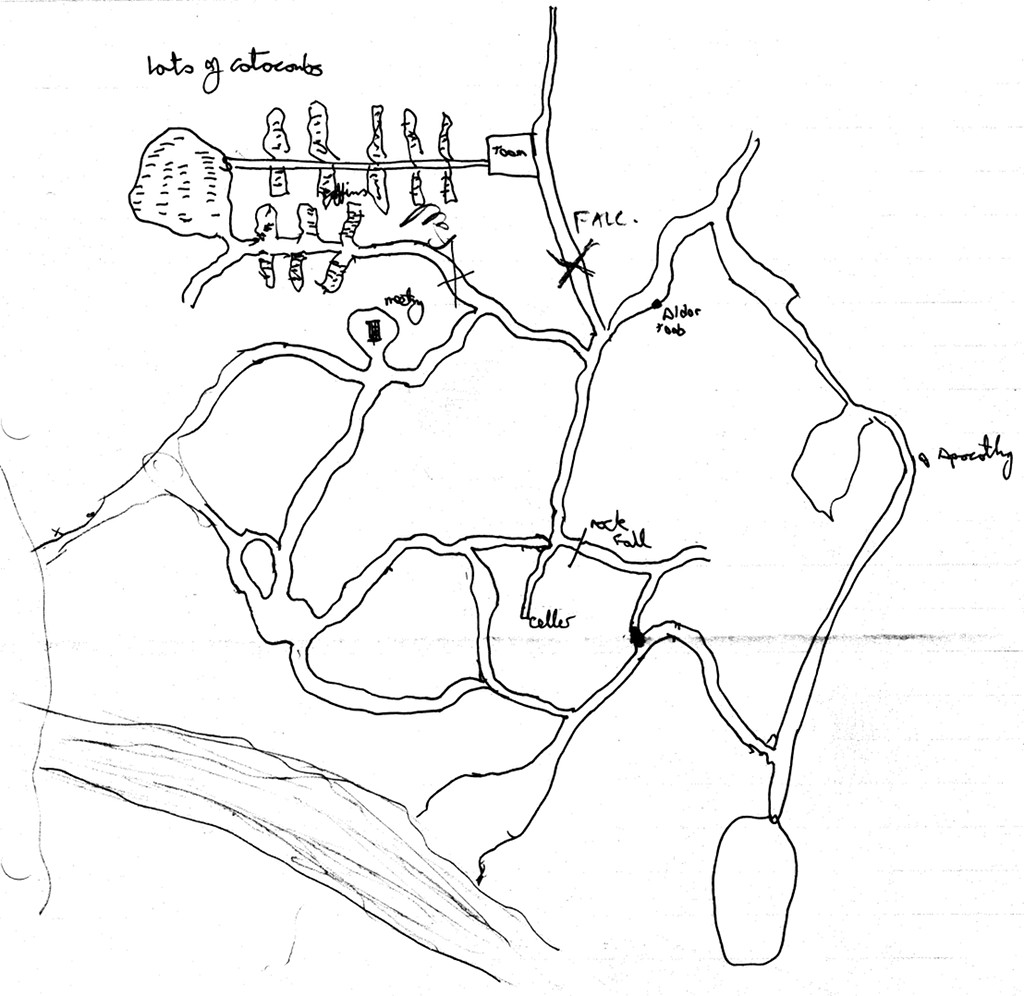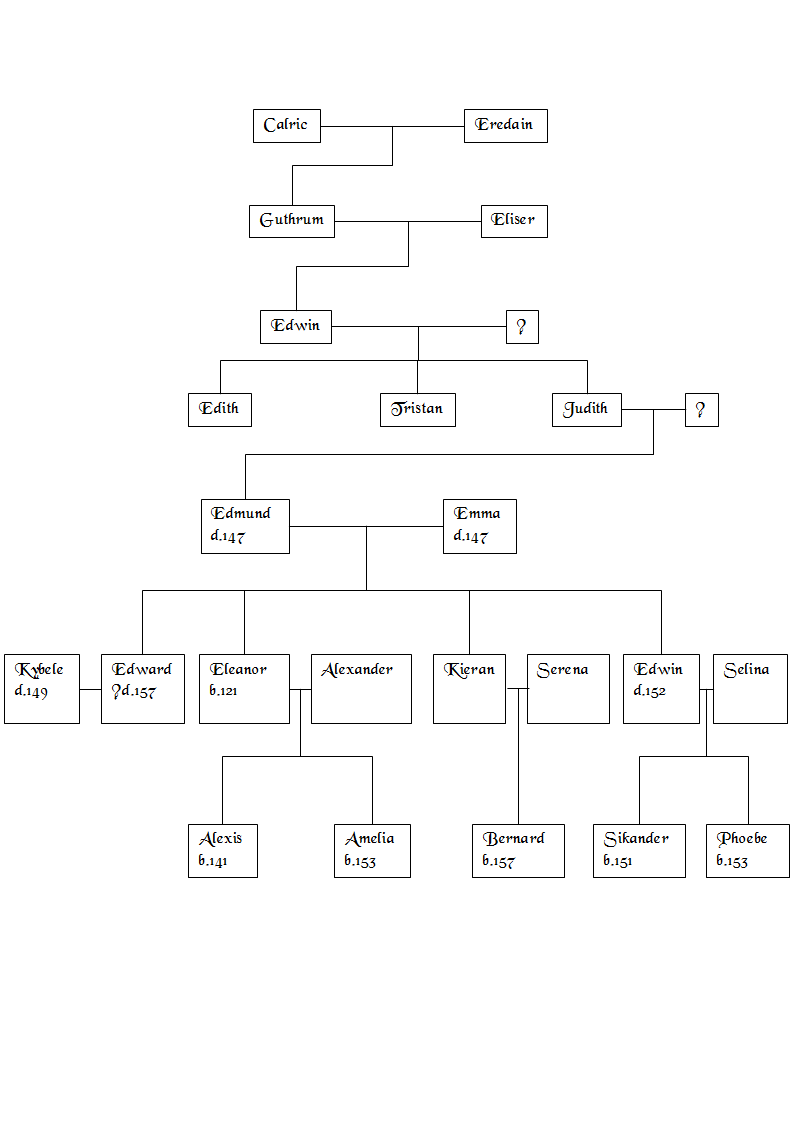Ghostmoons
Ghostmoons
Ghostmoons is one of the five main feast days occurring in the Athion year. It marks the onset of the winter snows, and the end of travelling and of war until the spring re-melting. It is a day for remembering the dead; graves and shrines are decorated, and many tales are told of ancient heroes and lost treasure.
For the dead, burial and cremation are both common, possibly reflecting the lasting popularity of the Earth Goddess Daleth, and the Fire Goddess Brynette. In the City of Linrodeth it is rare for a family to have a nearby burial ground, so ancestors are usually honoured with a house shrine (with or without ancestral ashes). Burial rites vary greatly between religions; the Hahnites are noted for their enormously elaborate ceremonies, the Dalethians for their spartan practicality, and the Torians for their twilight dirges.
An odd device is found in ceremonies and on shrines of many denominations. This complex labyrinth is known as the Path of the Dead and is popularly supposed to represent the journey that the soul must undertake after death. What is found at the centre (Judgement, Healing, Rebirth or Eternal Rest) again depends on one’s beliefs. Souls attempting to take a short-cut are doomed to be trapped in Limbo forever. It is believed that on Ghostmoons, it is these souls that return to the world. These ghosts are felt as an area of intense cold or seen as a pale flicker. Although often disturbing and sometimes frightening to meet, ghosts rarely have enough energy to disturb the material world, and there are no reliable accounts of them ever harming a living person.



